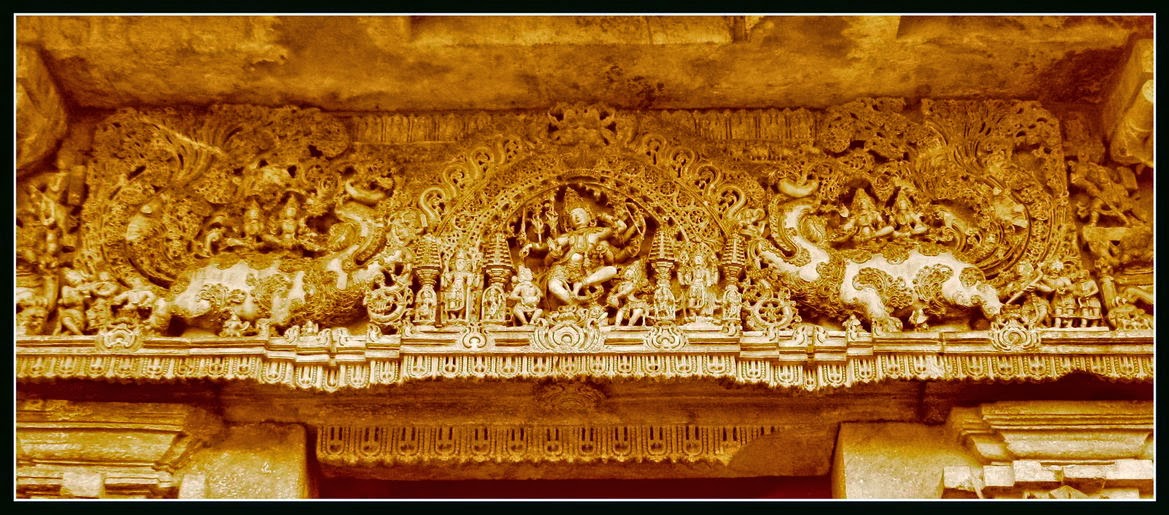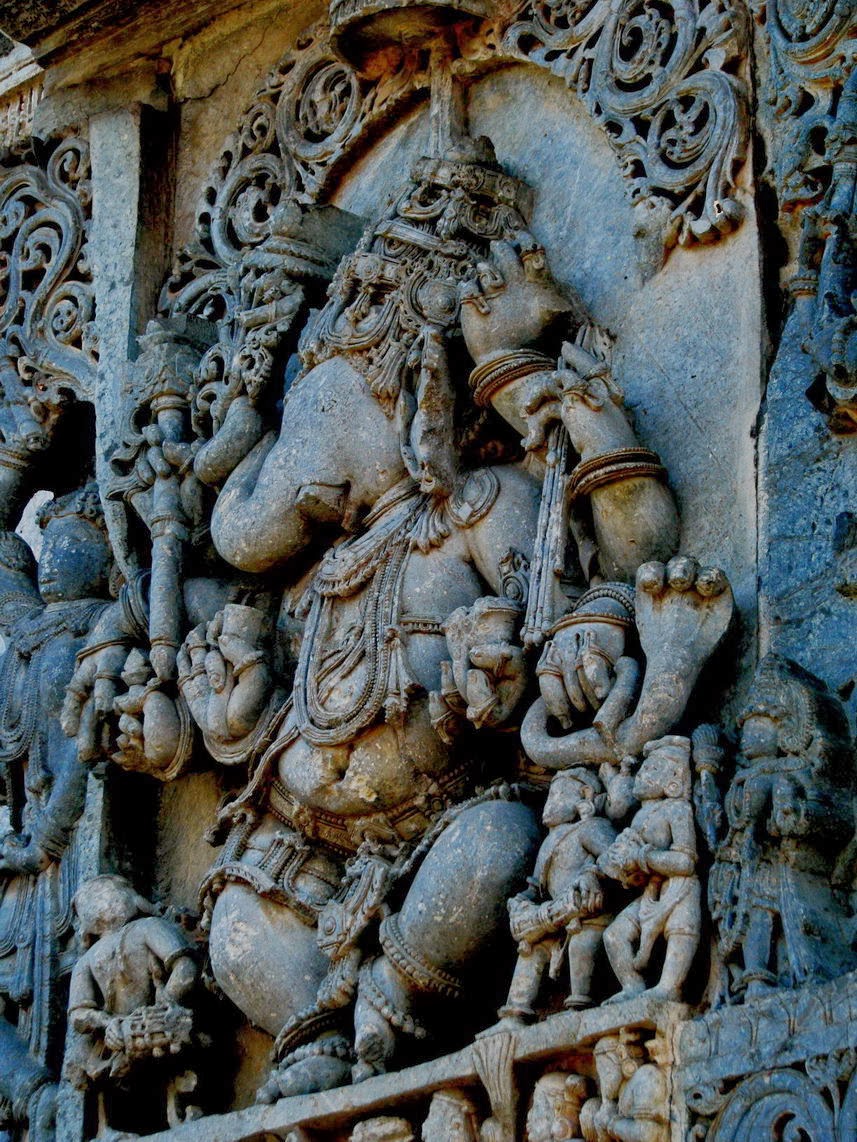Shravanabelagola
Shravanabelagola is a city located in the Hassan district in the Indian state of Karnataka and is 158 km from Bangalore. The statue of Gommateshvara Bahubali at Śravaṇa Beḷgoḷa is one of the most important pilgrimage destinations in Jainism, one that reached a peak in architectural and sculptural activity under the patronage of Western Ganga Dynasty of Talakad. Chandragupta is said to have died here in 298 BC after he became a Jain monk and assumed an ascetic life style. Jainism in this place is 2000+ years old.
Shravanabelagola is located at 13 km to the south-east of Channarayapatna in the Channarayapatna taluk of Hassan district of Karnataka. It is at a distance of 51 km south-east of Hassan, the district centre. It is situated at a distance of 12 km to the south from the Bangalore-Mangalore road (NH-48), 78 km from Halebidu, 89 km from Belur, 83 km from Mysore, 233 km from Mangalore, 17 km from Hirisave and 157 km from Bangalore, the capital of Karnataka.
Note: Click on the Pictures to see them in Full Resolution.
Gommateshvara Bahubali
Sculpture in a Pillar
Entrance Arch Images
Entrance Arch Images
Hoysaleswara Temple- Halebidu
Hoysaleswara temple is a temple dedicated to Hindu god Shiva. It was built in Halebidu (in modern Karnataka state, India) during the rule of King Vishnuvardhana of the Hoysala Empire in the 12th century. The construction was completed in 1121 CE. During the early 14th century, Halebidu was sacked and looted by Muslim invaders from northern India and the temple fell into a state of ruin and neglect. Previously known as Dorasamudra or Dwarasamudra, Halebidu is 16 km from Belur, 31 km from Hassan and 149 km from Mysore, in the state of Karnataka, India.
According to art critic and historian S. Settar, from contemporary inscriptions it is known that the temple derives its name from the Hoysala ruler at that time, King Vishnuvardhana Hoysaleswara, though interestingly, the construction of the temple was initiated and financed by wealthy Shaiva (a Hindu sect) citizens of the city, prominent among who were Ketamalla and Kesarasetti.[1] The temple building activity was taken up in competition to the construction of the Chennakesava Temple at Belur, a Vaishnava (a Hindu sect) temple. It faces a large tank which was built in the middle of the 11th century and received water through channels from an ancient anecut (dam) built over the Yagachi River.[2] The tank preceded the temple by nearly 75 years. It is one of the largest temples dedicated to the god Shiva in South India.
Excellent Carvings above the Entrance of the Main Shrine
Ganesa
Lakshmi Narayana
Chenna Keshava(?)
Dancing beauties
Lord Siva
Ugra Narasimha
Row of Artists
Arts and Crafts
DwaraPalaka
Gajasamhara
Lakshmi Varaha
Elephants on
Ravana Lifting Mount Kailas and Rishabarooda
Nandhigeshwara/Basavanna
Bramha
Narasimha in a Style
Ardha naari
Bramha Deva(?)
Gods in a Row
Carvings on the Entrance
Basavanna Gudi
Hiranyanthaka
Artists of Hoysala
Basavanna
Aadithya The Sun God
Narthakeshwari
Attahaasa of Narasimha















































1 comment:
MY GOD!
BREATH TAKING PICTURES..
DIFFERENT ANGLES.
GREAT JOB DONE..
EVERY INDIAN SHOULD VISIT THESE PLACES..
THANKS FOR BRINGING OUT THESE CULTURAL TREASURES TO OUR EYES!
THANKS FOR YOUR EXCELLENT CAMERA VIEWS!
Post a Comment